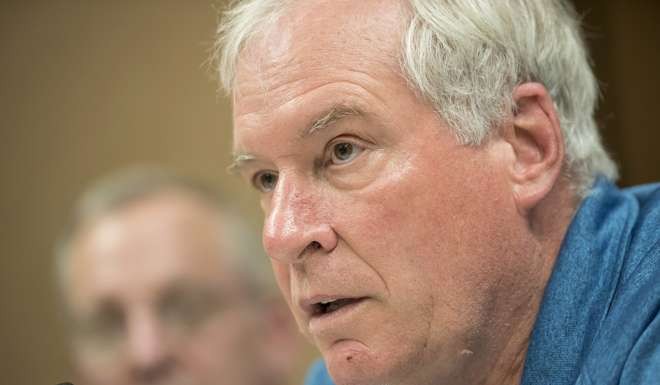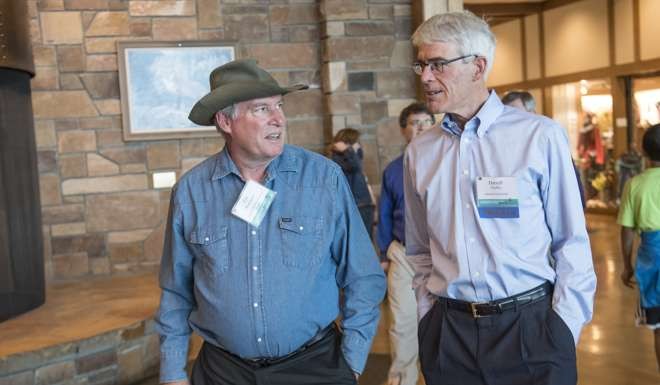
Analysis | US Federal Reserve divided on keeping rates flat highlighted by rare triple dissent
The consensus that Fed chair Janet Yellen has worked hard to maintain among Federal Reserve policy makers showed signs of severe strain on Wednesday.
Three members of the Federal Open Market Committee, notably including Boston Fed President Eric Rosengren, dissented when the majority of voters elected to hold interest rates steady despite strong progress this year in the labour market, expectations for higher inflation and calm in global financial markets.
“When Rosengren dissents in a hawkish direction, to me that’s news,” former Fed Vice Chairman Alan Blinder said in an interview on Bloomberg Television. “There is a great deal of division” and a three-dissent FOMC vote is “very, very unusual.”
In her press conference, Yellen acknowledged that “we struggled mightily with trying to understand one another’s point of view.”

The committee’s split marked only the fourth time since 1992 that three FOMC voters broke ranks with a majority decision. Rosengren was joined by Cleveland President Loretta Mester, who has long expressed a wariness over leaving rates low for too long, and Esther George of Kansas City, who has now dissented four times this year in favour of a rate increase.
Rosengren’s break was the most conspicuous.
During the long post-crisis recovery, he had consistently called for the Fed to hold down rates in order to lower unemployment. With the jobless rate now at 4.9 per cent -- at or very close to most estimates of its lowest sustainable level -- he has swung decisively in favour of hiking to prevent an overshoot in unemployment from triggering much higher inflation.
Rosengren, 59, played a key role during the 2008 financial crisis leading the Fed’s efforts to prevent a collapse in money-market mutual funds. He has also frequently cited the number of cranes he sees while heading to and from work in downtown Boston as he warns about a potential bubble in commercial real-estate valuations.

“A failure to continue on the path of gradual removal of accommodation could shorten, rather than lengthen, the duration of this recovery,” Rosengren said September 9, in Quincy, Massachusetts.
The disagreement shows the mood on the FOMC is shifting, said Roberto Perli, a partner at Cornerstone Macro LLC in Washington and former Fed economist. “The chair is not an emperor,” he said.“I don’t think she can, even if she wanted to, hold these guys back.”
At her press conference Yellen said she, too, didn’t want the economy to overheat, but still saw an opportunity to bring more Americans back to work as the labour market tightened. “The economy still has a little more room to run,” she said.
Yellen characterised the committee’s disagreements as limited to the question of timing, saying most of the group agreed they must eventually get back to gradually tightening policy.
“There’s general agreement among participants on that, but the precise timing for removing that accommodation is something on which we had active discussions, and there are a range of opinions,“ she said. “The dissents represent a judgment on the part of some of my colleagues that it’s important to begin that process now.”
The FOMC currently has 10 voting members. The five Washington-based Fed Board governors and New York Fed President William Dudley hold permanent votes. Four additional votes rotate annually among the remaining 11 regional Fed bank presidents.

